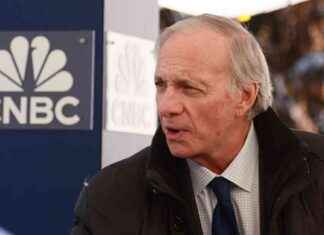EUR/USD surged close to the 1.0900 mark as the US Dollar weakened following a disappointing US NFP report for July. The report revealed a significant slowdown in US labor demand, with new job additions falling short of expectations. This data, combined with slower wage growth, has raised concerns about persistent price pressures. As a result, the Euro failed to take advantage of the increased doubts surrounding market expectations for two additional ECB rate cuts this year.
The US Dollar’s decline was exacerbated by the weak data, leading to expectations of interest rate cuts by the Federal Reserve in September. The US Dollar Index (DXY) dropped to around 103.30 as a result. Prior to this, the US ISM Manufacturing Purchasing Managers Index (PMI) report for July showed that factory activities unexpectedly contracted at a faster rate. Additionally, Initial Jobless Claims for the week ending July 26 were at their highest level in 11 months.
On the other side, the Euro struggled to gain momentum despite positive economic indicators in the Eurozone. The Eurozone preliminary Harmonized Index of Consumer Prices (HICP) for July exceeded expectations, with both headline and core figures surpassing forecasts. Moreover, the Eurozone’s GDP growth in the second quarter outperformed projections, expanding by 0.3%.
The market reaction to the US NFP report pushed EUR/USD higher, with the pair approaching the upper boundary of a Symmetrical Triangle formation. The 200-day Exponential Moving Average (EMA) provided strong support around 1.0835, improving the short-term outlook. The 14-day Relative Strength Index (RSI) is nearing 60.00, suggesting a potential bullish momentum if it breaks above this level.
Overall, the weak US labor data and the Eurozone’s positive economic performance have influenced the movement of EUR/USD. While the US Dollar faces pressure amid rate cut expectations, the Euro’s ability to capitalize on this remains uncertain. Traders will continue to monitor economic indicators and central bank policies for further insights into the currency pair’s direction.








